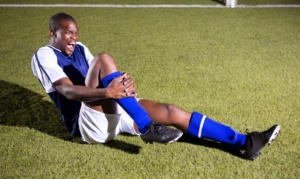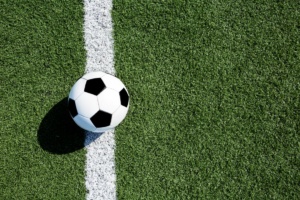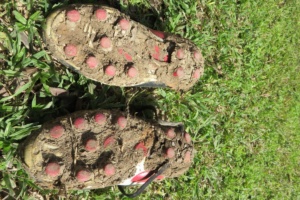Table of Contents
ToggleA good pair of soccer cleats should be seen as an investment that should last you for a good couple of years if you take care of them.
However, if you want to get even more bang for your buck, you could even multi-purpose your soccer cleats and use them for other sports like baseball.
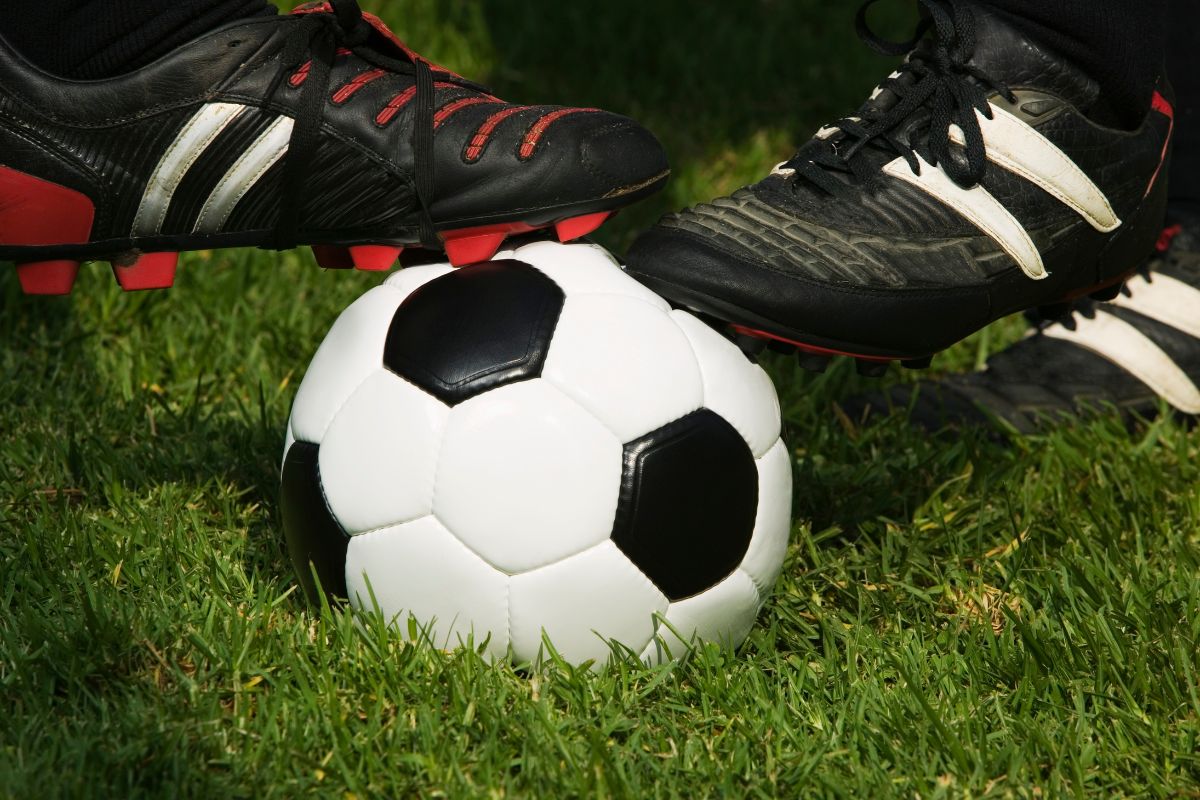
Soccer cleats work pretty well on a baseball field and you can definitely wear them to play baseball.
Let’s take a closer look at the similarities and differences between soccer and baseball cleats to find out why the two are so interchangeable.
Difference Between Soccer And Baseball Cleats
Toe Studs
One thing that immediately sets soccer cleats apart from baseball shoes is the absence of a toe stud.
If you’ve ever seen a pair of soccer cleats, you will have noticed a series of metal or plastic studs on the sole that are designed to give the player a better grip on grass field surfaces. The same is also true of baseball cleats, except for the fact that baseball cleats have an extra stud on the toe of the shoe.
In a soccer game, there is a much greater chance of players accidentally (or not!) kicking each other or making contact between their studs and another player’s leg. For this reason, it would be very unsafe for soccer players to have a toe stud on their cleats. In fact, it is forbidden in most leagues to wear shoes with toe studs.
In baseball, this issue is much less prominent and players rarely have contact with each other’s feet. Therefore, a toe stud that further enhances a player’s grip is perfectly acceptable.
Another reason for the lack of toe studs on soccer cleats is to do with the way players control the ball. The toe is used in soccer for all kinds of in-game situations where close control is important and toe studs would get in the way too much.
Now, this doesn’t mean that soccer cleats are useless on a baseball field. After all, the remaining studs still provide plenty of grip.
Cleat Categories
Another key difference between cleats in soccer and baseball is the different categories that they are sorted into. For example, the different kinds of soccer cleats you can find will be in one of these four main categories:
- Firm Ground
- Soft Ground
- Artificial Turf
- Indoor
To learn more about soccer cleat categories check out our Ultimate Soccer Cleats Guide.
Alternatively, baseball cleats will be one of these three:
- Metal
- Molded Plastic
- Artificial Turf
As you might expect, each of these kinds of cleats has its own unique set of properties and design characteristics that better suit it to certain situations and surfaces. Let’s take a look at how the most similar categories across the two sports compare.
Firm Ground Soccer Cleats – Metal Baseball Cleats
The thing that puts these two types of cleats in pretty much the same boat is the fact that they are both designed for hard surfaces. However, the majority of a baseball game takes place on hard dirt, while soccer happens on grass fields.
With firm ground soccer cleats, you can get molded studs or bladed studs. Molded studs are often cone-shaped and great for maintaining grip while running in a straight line. Bladed studs have a bit more of a jagged shape and are better for quick changes of direction like you’d need to do on the soccer field.
With metal baseball cleats, the studs are always bladed because running around the corners of the baseball diamond is essential for success in the sport.
The studs on baseball cleats are often positioned much differently from soccer cleats but this is pretty much where the differences stop. Soccer cleat will still work surprisingly well on the hard dirt of a baseball field.
Baseball studs and soccer cleats dig into the grass turf very well and provide a lot of traction, even when moving around quickly and changing direction multiple times in a short period of time.
Therefore, if you’re looking for a pair of soccer cleats that will work on the baseball field, a set of firm ground cleats with bladed studs is often a good way to go. You could also use turf shoes if you are an infielder since they have more and smaller studs.
Soft Ground Soccer Cleats – Molded Plastic Baseball Cleats
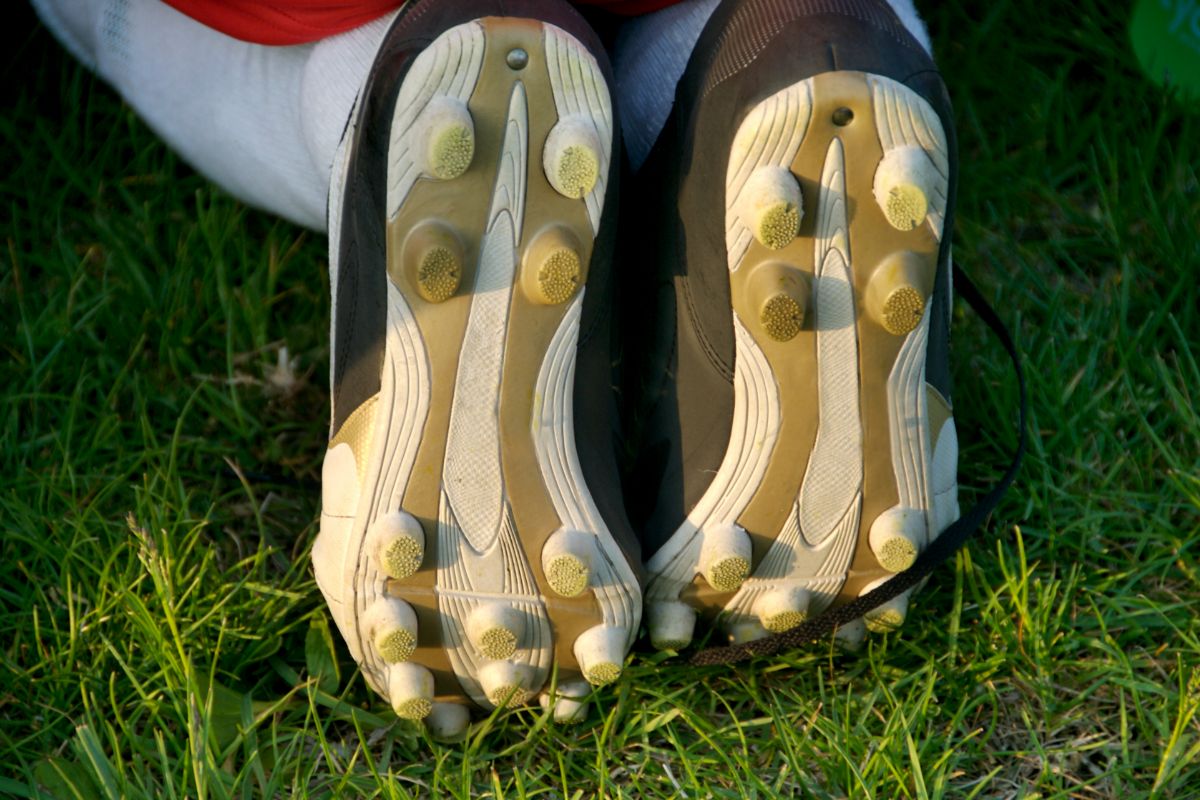
Again, these kinds of cleats are actually pretty similar. In this case, both are designed for dealing with wet conditions. However, there is actually a much greater difference between the soccer and baseball cleats here than in any other similar categories.
For example, soft ground soccer cleats are typically longer and sometimes include metal tips which are better for digging into wet mud to give the player greater traction and grip on the surface of the field. This is essential for a soccer player in any position because they’ll always be moving in different directions and won’t want to slip while chasing a ball or opposition player.
On the other hand, the baseball cleats have plastic tips on the studs, which are designed to help keep the players light on their feet and avoid them getting stuck in the mud. In baseball, you won’t often have to change direction at high speeds, unlike in soccer. It’s, therefore, more beneficial to try and avoid getting stuck in the muddy terrain.
Artificial Turf Soccer Cleats – Artificial Turf Baseball Cleats
As you might expect from the names, these two sets of cleats are very similar.
Artificial turf soccer cleats have a series of smaller studs (typically rubber) on the sole that is designed to give good traction on astroturf or artificial turf. The equivalent baseball cleats feature a set of more, smaller studs on their soles but the premise is still the same.
In general, these types of cleats are meant to only be used on artificial fields, whether for soccer or baseball. Since the infield of a baseball field is a hard dirt surface, turf shoes with rubber studs may be functional, but they may wear out quickly.
Why Should I Not Wear Soccer Cleats For Baseball?
We’ve established why soccer cleats can be effective in a game of baseball but why would you not want to do that all the time?
The main reason is comfort. Baseball players spend a lot more time standing still than soccer players and their cleats, therefore, have a lot more padding. You’ll notice this more at the end of a long game and you’ll be thankful for the extra padding.
On the other hand, soccer players rarely stay still for too long and their cleats have much less padding in them. Towards the end of a baseball game, you’ll definitely feel the effects of less padding!
The other reason is that soccer cleat studs are positioned differently from baseball cleat studs. The positioning of the studs on both sets of cleats has been thought about carefully by the manufacturers for sport-specific purposes. This difference is particularly noticeable on the hard dirt sections of baseball fields.
Therefore, you could be missing out on some of the key baseball-specific grip benefits by wearing soccer cleats instead.
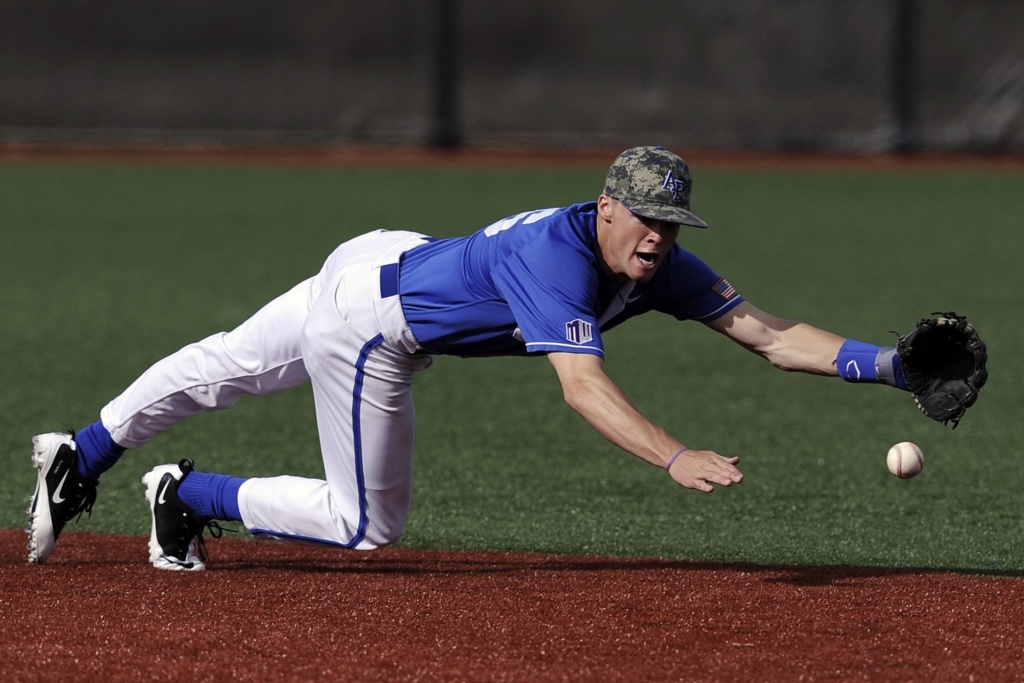
Conclusion
Overall, we can conclude that you can wear soccer cleats for baseball but not if you want to take the sport seriously.
There are several features of soccer cleats and baseball cleats that differ, such as the toe studs, for example. Therefore, wearing soccer cleats for baseball means you’ll miss out on some of these sport-specific benefits like the extra grip you’ll need on hard dirt surfaces.
After all, you never see professional baseball players walking out onto the field in a pair of firm ground soccer cleats!
Can you wear soccer cleats for other sports? What about American football, or lacrosse?
